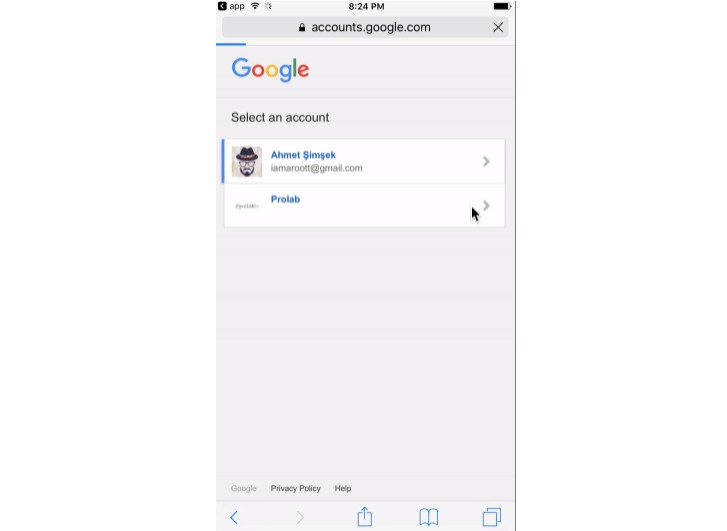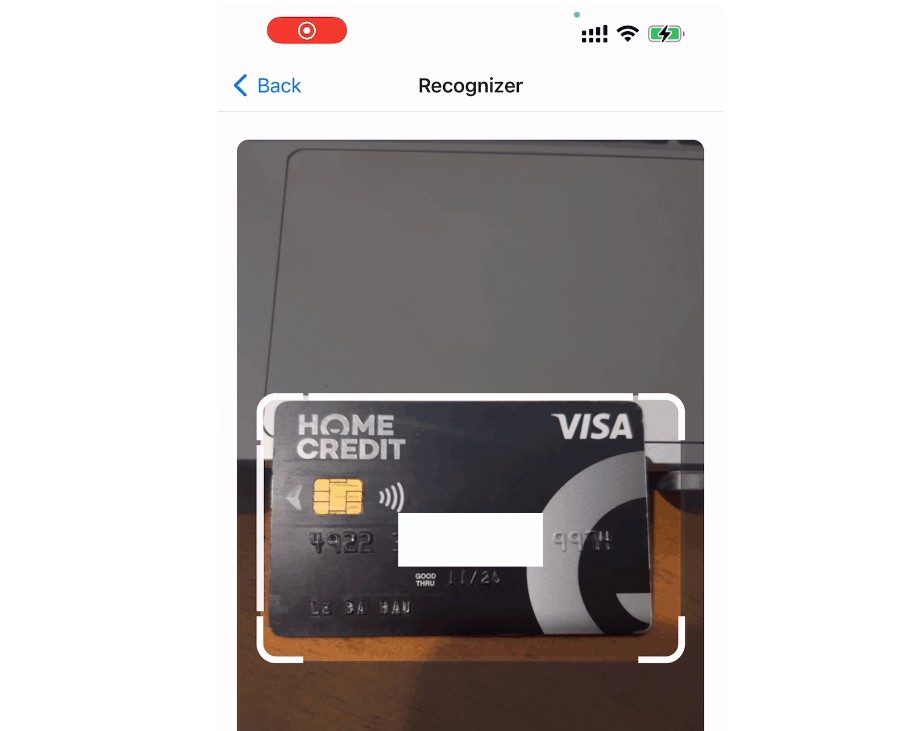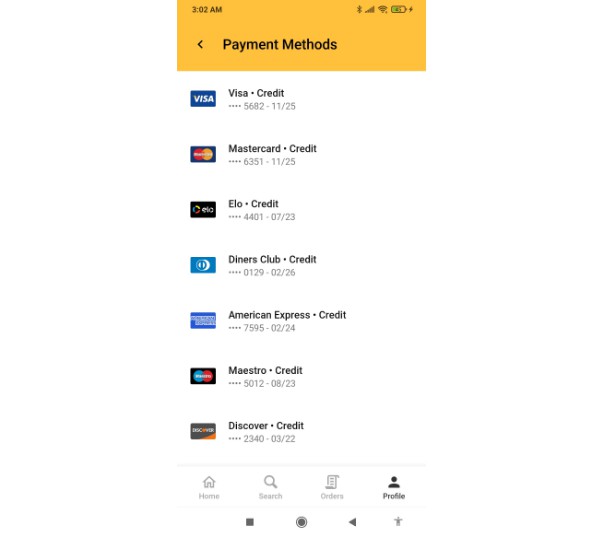react-native-braintree
A react native interface for integrating payments using Braintree's v.zero SDK.
Sample
Full Client + Server sample can be found here: https://github.com/alawong/BTRNSample
Usage
Setup
var BTClient = require('react-native-braintree');
BTClient.setup(<token>);
You can find a demo client token here.
Show Payment Screen
v.zero
BTClient.showPaymentViewController().then(function(nonce) {
//payment succeeded, pass nonce to server
})
.catch(function(err) {
//error handling
});
PayPal only
BTClient.showPayPalViewController().then(function(nonce) {
//payment succeeded, pass nonce to server
})
.catch(function(err) {
//error handling
});
Custom Integration
If you only want to tokenize credit card information, you can use the following:
BTClient.getCardNonce("4111111111111111", "10", "20").then(function(nonce) {
//payment succeeded, pass nonce to server
})
.catch(function(err) {
//error handling
});
One Touch
To take advantage of One Touch, there are additional setup required:
-
Register a URL scheme in Xcode (should always start with your Bundle ID)

-
Use setupWithURLScheme instead, passing the url scheme you have registered in previous step
var BTClient = require('react-native-braintree');
BTClient.setupWithURLScheme(<token>,<url scheme>); -
Add this delegate method (callback) to your AppDelegate.m
import
<RNBraintree.h>- (BOOL)application:(UIApplication *)application openURL:(NSURL *)url sourceApplication:(NSString *)sourceApplication annotation:(id)annotation {
return [[RNBraintree sharedInstance] application:application openURL:url sourceApplication:sourceApplication annotation:annotation];
}
- (BOOL)application:(UIApplication *)application openURL:(NSURL *)url sourceApplication:(NSString *)sourceApplication annotation:(id)annotation {
-
Optionally, install the fake PayPal wallet app in your simulator to simulate and test responses
Installation
-
react-native init BTRNSample(skip for existing projects) -
Run
npm install react-native-braintree --saveto add the package -
Inside the
ios/directory, create a Podfile:Podfile for cocoapods 1.0
source 'https://github.com/CocoaPods/Specs.git'
target 'yourAppTarget' do
pod 'React', :path => '../node_modules/react-native', :subspecs => [
'Core',
'RCTImage',
'RCTNetwork',
'RCTText',
'RCTWebSocket'
]
pod 'react-native-braintree', :path => '../node_modules/react-native-braintree'
end
Or if you use an older CocoaPods version:
source 'https://github.com/CocoaPods/Specs.git'
pod 'React', :path => '../node_modules/react-native', :subspecs => [
'Core',
'RCTImage',
'RCTNetwork',
'RCTText',
'RCTWebSocket'
]
pod 'react-native-braintree', :path => '../node_modules/react-native-braintree'
- Run
pod install. This installs the Braintree iOS SDK and a new workspace is created. - Open
BTRNSample.xcworkspace - Under your app target -> build settings, look for
Other Linker Flagsand add$(inherited)
- Build and run project! If it fails the first time, clean and rebuild.
Because React Native's iOS code is now pulled in via CocoaPods, you also need to remove the React, RCTImage, etc. subprojects from your app's Xcode project.
Requirements
Tested with:
- Node 4.1.0
- npm 2.14.3
- react-native 0.8.0







